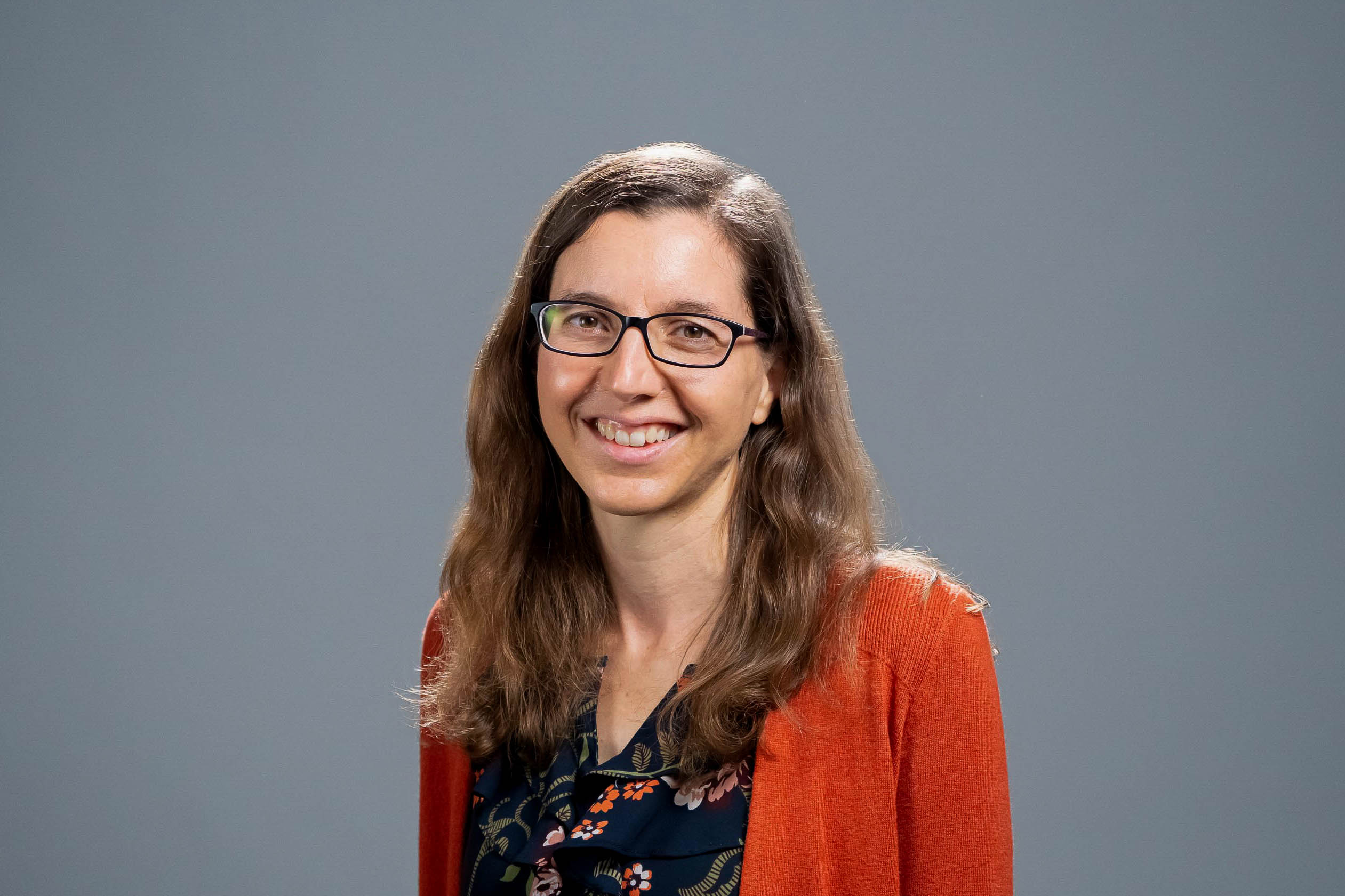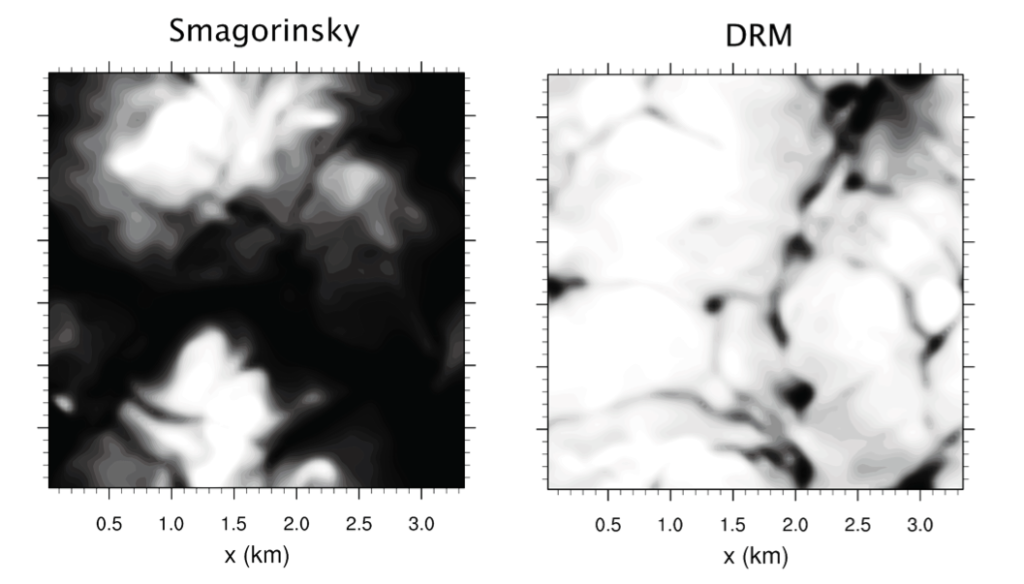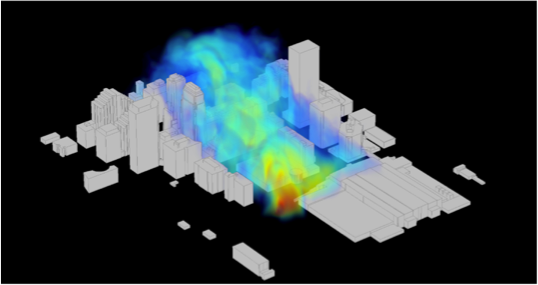

Fri. 10am-11am, during lab for CE 105 students, or by appointment (sign up for a time slot here or using the QR code below, or send an email)
Professor
Tina Katopodes Chow is the Fred and Claire Sauer Chancellor's Chair professor in Environmental Engineering at UC Berkeley. Chow’s research focus is numerical modeling of the atmospheric boundary layer, which is used to improve predictions for wind energy, air pollution dispersion, and cloud dynamics, among other applications. She also received the prestigious National Science Foundation CAREER Award and the Henry G. Houghton Award from the American Meteorological Society.
Ph.D., Civil and Environmental Engineering, Stanford University, 2004
M.S., Civil and Environmental Engineering, Stanford University, 1999
B.S., Engineering Sciences, Harvard University, 1998
Chow’s research focuses on developing analytical and computational methods that help quantify climate change mitigation strategies, air quality effects, and cloud representation and feedback in regional climate models. Her current research projects include studies of wind turbine interactions with boundary layer dynamics over steep terrain, urban dispersion modeling, improved numerical turbulence techniques, topography representation, and grid nesting. Here are a few of the projects Chow is currently working on below:
 | New turbulence closures for large-eddy simulation of clouds Clouds are important to the earth’s energy balance and a regulator of both climate and weather. In global climate models, cloud feedbacks are a leading source of uncertainty. Chow’s research involves performing large-eddy simulations of clouds using the dynamic reconstruction turbulence model (DRM) to help boost numerical models’ capability in simulating clouds and allow for a better understanding of the evolution of clouds and their effects on weather and climate. |
 | Large-eddy simulation for wind energy applications Wind turbine micrositing, for operational wind power forecasting and for turbine design, requires high-resolution simulations of atmospheric flow over complex terrain. Chow’s research team is developing large-eddy simulations (LES) for wind energy applications using the Weather Research and Forecasting (WRF) model. |
 | The immersed boundary method – urban dispersion modeling A major difficulty in atmospheric modeling is the representation of the steep “terrain” associated with very steep mountains or vertical building surfaces. In collaboration with Katie Lundquist at LLNL, Chow’s research team is developing and implementing an immersed boundary method (IBM) into the Weather and Research Forecasting (WRF) model, allowing simulation over steep terrain surfaces within an atmospheric model. |
Henry G. Houghton Award, American Meteorological Society 2016
Presidential Early Career Award for Scientists and Engineers (PECASE) 2011
National Science Foundation CAREER Award 2007
UC Berkeley Hellman Family Faculty Fund Grant 2007
Please see http://chow.ce.berkeley.edu/teaching/
Please see http://chow.ce.berkeley.edu/people/
Please see http://chow.ce.berkeley.edu/publications/
